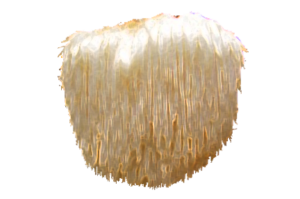Kah-Hui Wong, Murali Naidu, Rosie Pamela David, Mahmood Ameen Abdulla, Noorlidah Abdullah, Umah Rani Kuppusamy & Vikineswary Sabaratnam
Abstract
Peripheral nerve injury represents a huge burden to society. Following peripheral nerve injury, improved behavioral outcome may be the most important evidence of functionality of axonal regeneration after any repair strategy. Nerve-crush injury is a well-established axonotmetic model in experimental regeneration studies to investigate the impact of various pharmacological treatments. Hericium erinaceus is a temperate mushroom but is now being cultivated in tropical Malaysia. In this study, we investigated the activity of aqueous extract of H. erinaceus fresh fruitbodies in promoting functional recovery following an axonotmetic peroneal nerve injury in adult female Sprague-Dawley rats with a long-term view toward the possible use of this mushroom in the treatment of nerve injury. Functional recovery was assessed in the behavioral experiment by walking-track analysis and toe-spreading reflex. The peroneal functional index (PFI) was determined before surgery and after surgery, as the rats showed signs of recovery. Analysis of the PFI indicated that the return of hind-limb function occurred by day 10 to 14 and by day 14 to 17 in the treated and control (nontreated) groups, respectively. Normal toe-spreading in the crushed limb was achieved by day 7 to 10 and day 12 to 17 in the treated and control group, respectively. These results suggest that daily administration of aqueous extract of H. erinaceus fresh fruitbodies has a beneficial effect on the recovery of injured rat peroneal nerve in the early stages of regeneration. The PFI and toe-spreading reflex improved faster in the treated group than in the nontreated group.
Reference:
DOI: 10.1615/IntJMedMushr.v11.i3.20 pages 225-236

